
Understanding the Benefits of Installing a Platform Lift for Home Accessibility
In today's rapidly aging population, the need for home accessibility solutions has never been more critical. According to the U.S. Census Bureau, approximately 54 million Americans are living with disabilities, and around 40% of older adults face mobility issues. Installing a Platform Lift for Home accessibility not only aids individuals with mobility challenges but also enhances the overall value of a property. The National Association of Home Builders reports that inclusive design features, such as platform lifts, can significantly appeal to a wider range of homebuyers, making properties more marketable. Moreover, accessibility upgrades are not just a trend; they represent a strategic investment in the future, ensuring that homes remain a safe and comfortable environment for all residents. With these compelling statistics and insights, it is clear that integrating platform lifts into home design can profoundly impact the lives of many individuals and families.
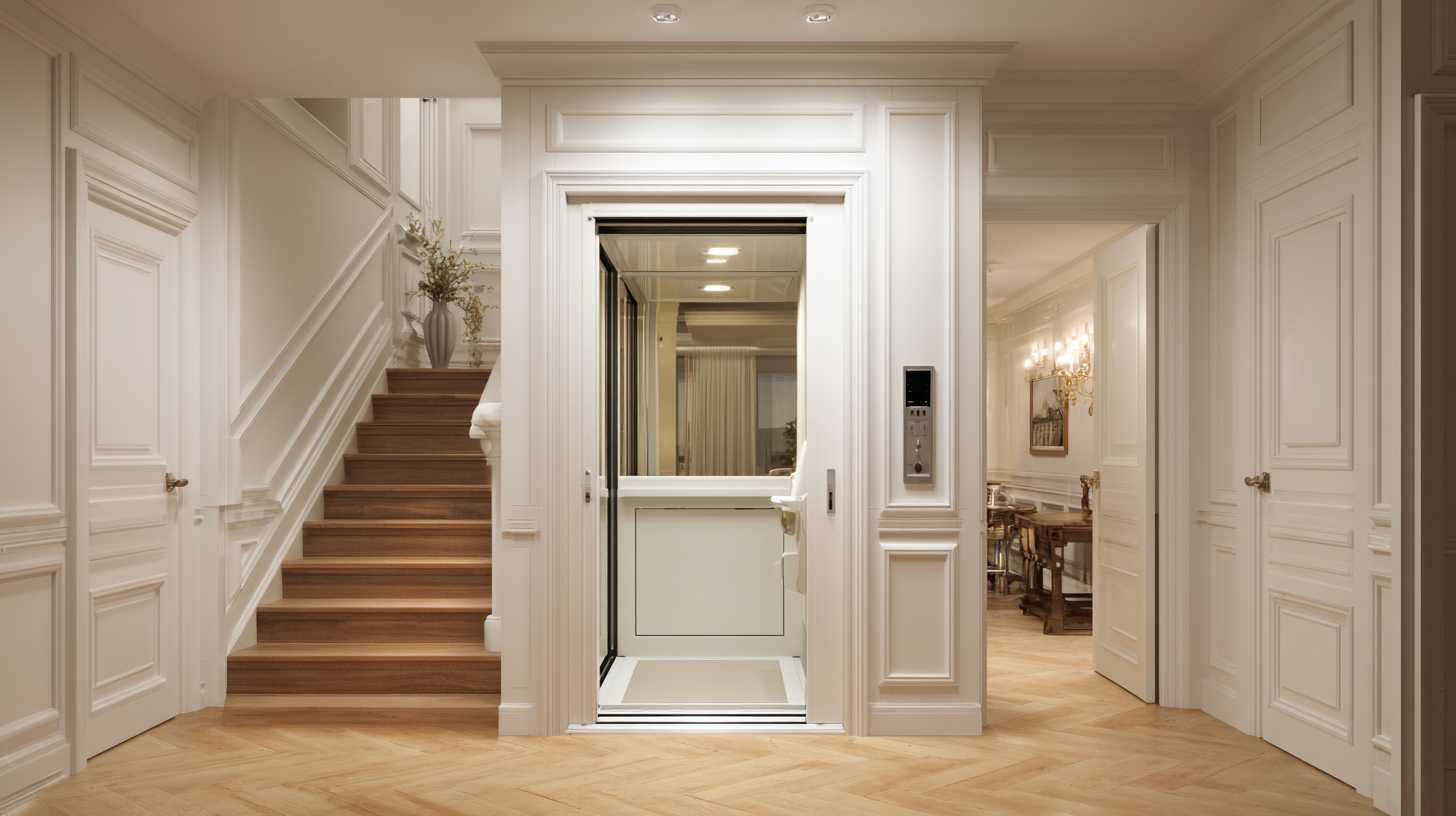
Assessing Your Home's Accessibility Needs for a Platform Lift
When considering the installation of a platform lift for enhanced home accessibility, the first step is to assess your home's specific accessibility needs. This involves evaluating the daily routines and challenges faced by those with mobility issues. Take note of areas within the home that may benefit from improved access, such as stairways, entryways, or multi-level spaces. Understanding these obstacles allows you to pinpoint where a platform lift can provide the most substantial benefit.
Moreover, it's essential to consider both current and future needs. If mobility challenges are anticipated to increase over time, selecting a platform lift that accommodates these changes can significantly improve long-term accessibility. Reviewing your home's layout and consulting with accessibility experts will ensure that the lift is not only effectively placed but also meets all necessary safety regulations. By thoroughly assessing your home’s requirements, you can make an informed decision that enhances comfort and independence for all occupants.

Choosing the Right Type of Platform Lift for Your Space
When considering a platform lift for enhancing home accessibility, choosing the right type tailored to your specific space is critical. There are several options available, including vertical lifts, inclined lifts, and portable lifts. Vertical lifts are ideal for multi-story homes as they travel straight up and down, minimizing the footprint required. On the other hand, inclined lifts are perfect for homes with staircases, providing a smooth, inclined motion that allows users to traverse stairs easily.
**Tips:** It’s essential to measure the space where the lift will be installed accurately. This ensures that the lift will fit perfectly and operate efficiently without obstructing any existing pathways or entrances. Additionally, consider the intended user’s needs: a wider platform may be necessary for wheelchair access, while a more compact design could suffice for a small home with limited space.
Another important factor is the lift's power source. Many lifts operate on electricity, but it's worth exploring options that can run on battery power for added reliability during power outages. Always check for compliance with local building codes and accessibility regulations to guarantee a smooth installation process.
Steps to Prepare Your Home for Platform Lift Installation
When considering the installation of a platform lift to enhance home accessibility, preparing your home effectively is crucial. According to a report by the National Association of Home Builders, nearly 90% of adults over 65 express the desire to age in place, highlighting the growing need for accessible living spaces. Before installing a platform lift, homeowners should assess their property layout, focusing on entry points, doorways, and available space for the lift. Ensuring there is adequate room around the lift for safe operation is vital, as restricted spaces can lead to hazards and reduce the system's efficiency.
Additionally, it is important to evaluate the electrical requirements and confirm that your home's electrical system can accommodate the lift. A study by the Center for Disease Control points out that mobility issues affect approximately 1 in 7 adults in the United States, making accessibility modifications a priority for many families. Engaging with a professional installer can provide insight into necessary structural adjustments and compliance with local building codes. By addressing these pre-installation tasks, homeowners can ensure a smooth integration of the platform lift, ultimately enhancing the quality of life for residents with mobility challenges.
Understanding the Benefits of Installing a Platform Lift for Home Accessibility
Understanding the Costs and Financial Benefits of Platform Lifts
When considering the installation of a platform lift for home accessibility, understanding the associated costs and financial benefits is crucial. The initial investment can vary depending on the lift's specifications, installation complexity, and additional features. However, many homeowners find that the cost of installing a platform lift is offset by the long-term savings it provides. Not only does it enhance mobility for residents with disabilities or limited mobility, but it also increases home value, making it an attractive investment for future resale.
Moreover, the financial benefits extend beyond property value. Installing a platform lift can potentially reduce healthcare costs by promoting safer mobility within the home, thereby minimizing the risk of falls and accidents. Additionally, it can enable homeowners to remain in their residences longer, reducing the need for costly assisted living facilities or alternative accommodations. By breaking down barriers and enhancing accessibility, platform lifts offer a practical solution that aligns both financial sense and improved quality of life for individuals and families.
Maintenance Tips for Ensuring Longevity of Your Platform Lift
Installing a platform lift can significantly enhance home accessibility, making it easier for individuals with mobility challenges to navigate different levels of their homes. However, to ensure that the benefits of this investment are maximized, regular maintenance is essential. A well-maintained platform lift not only performs efficiently but also prolongs its lifespan, making it a cost-effective solution over time.
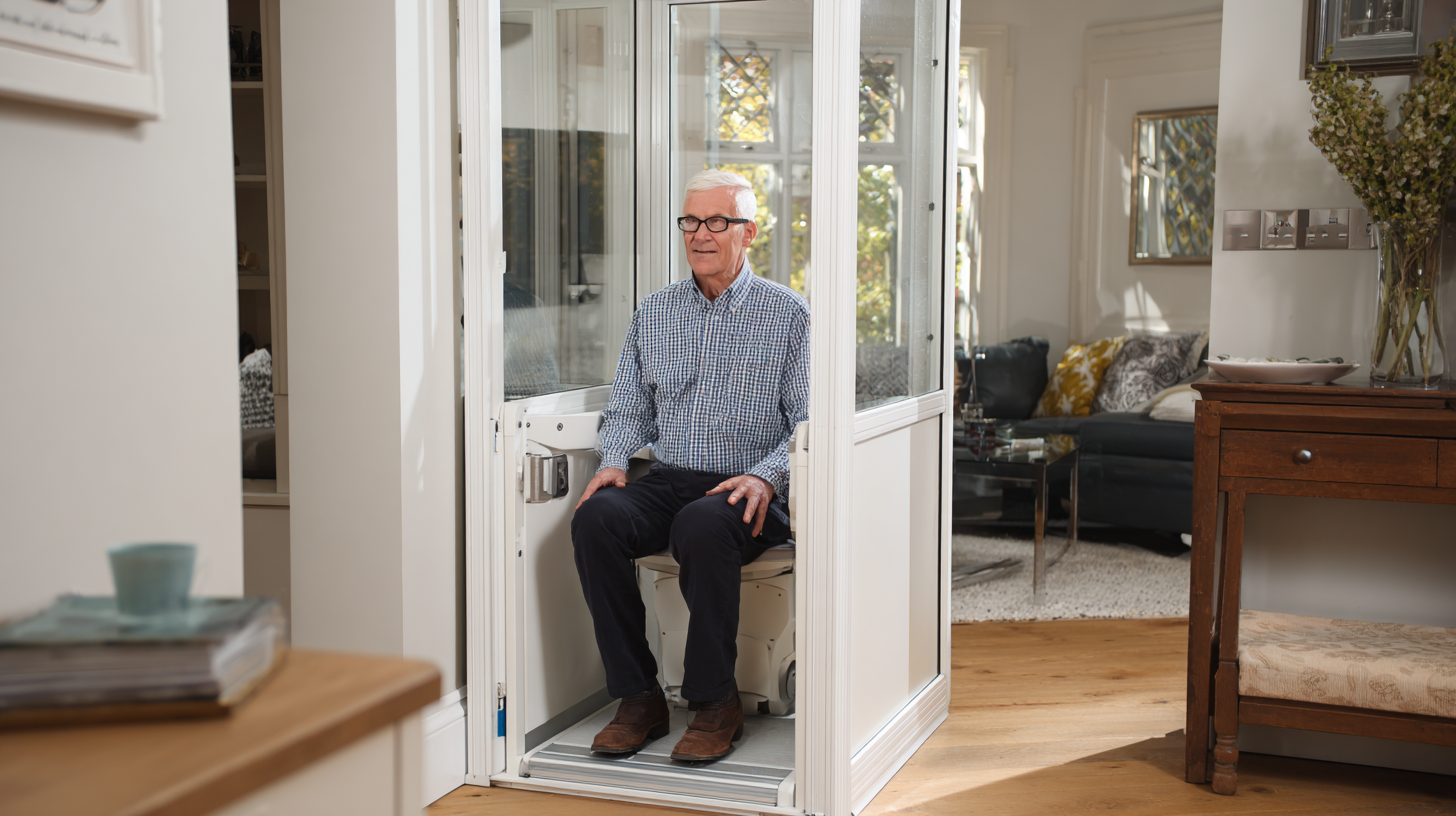
One key maintenance tip for homeowners is to schedule regular professional inspections. These inspections can identify potential issues before they become major problems, ensuring the lift operates safely and smoothly. Additionally, homeowners should carry out routine checks themselves, such as cleaning the platform and examining the tracks for debris.
Lubricating moving parts as recommended by the manufacturer can also help maintain optimal functionality. By creating a maintenance checklist and adhering to it, homeowners can ensure that their platform lift remains in excellent condition, providing accessibility for years to come.
Related Posts
-
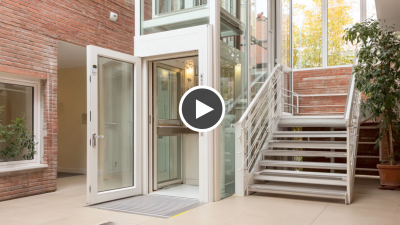
Innovative Solutions for Choosing the Best Platform Lift for Your Home
-
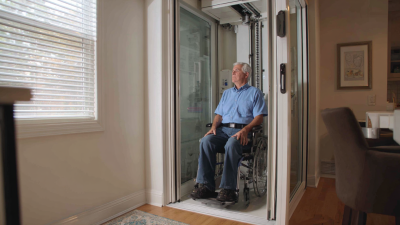
How to Choose the Right Wheelchair Lift for Your Home Needs
-
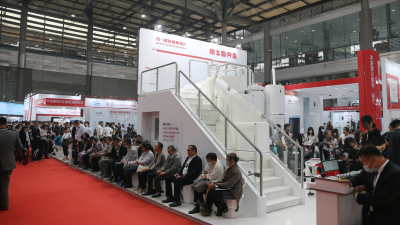
Exploring Market Growth for Standing Stair Lifts at the 2025 China Import and Export Fair
-

How to Choose the Best Stair Lifts for Seniors to Ensure Safety and Independence
-

Benefits of Using the Best Chair Lift For Stairs to Enhance Home Mobility and Safety
-

Innovative Stair Lift Elevator Designs Transforming Home Accessibility












